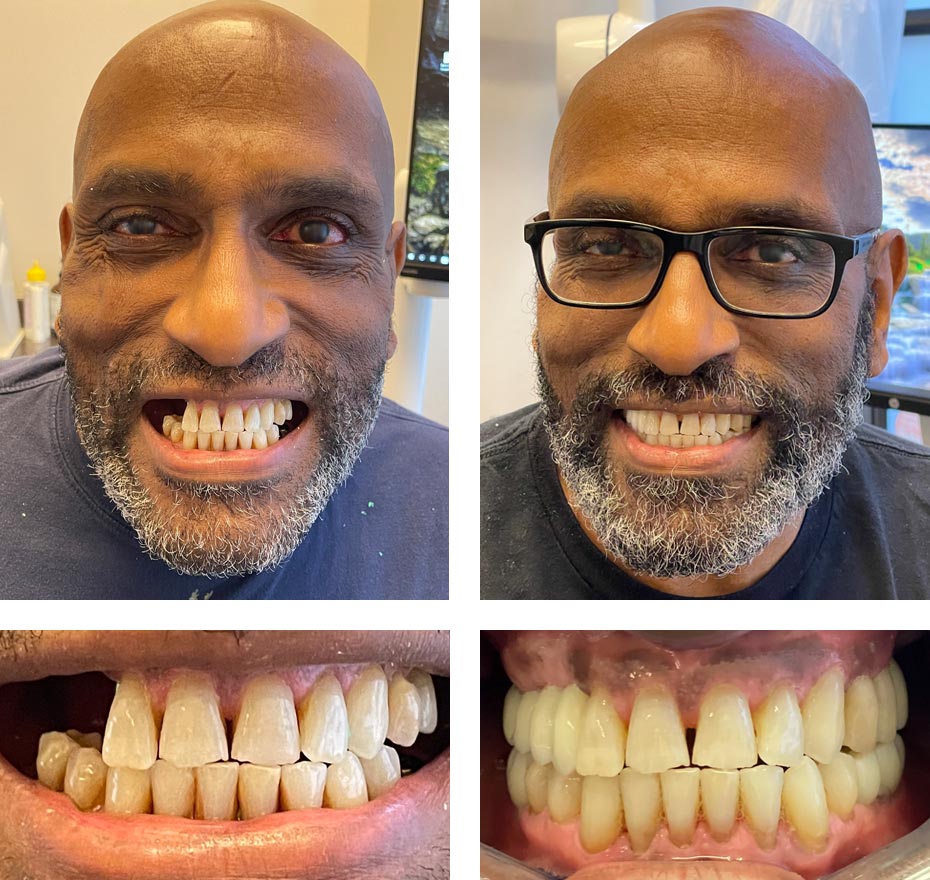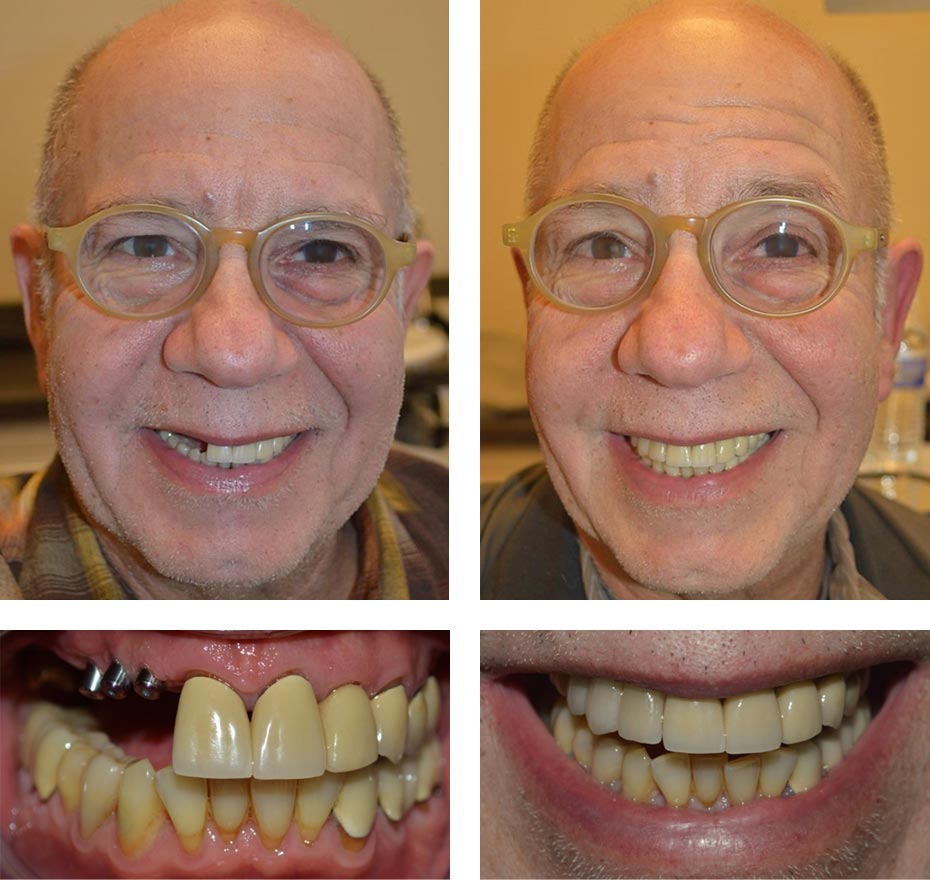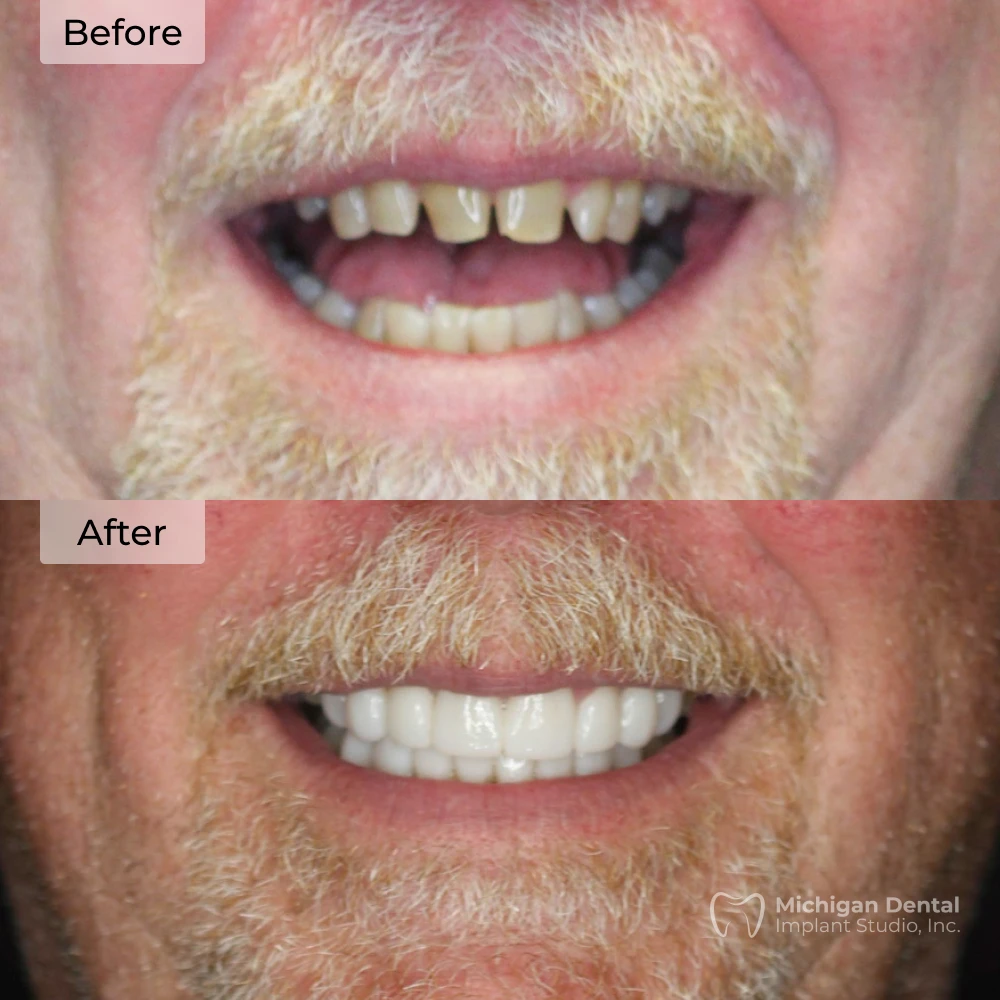Build Unmatched Authority in Dental Implantology
The domain implant.dentist immediately communicates your specialization and expertise to potential patients searching for dental implant solutions. This premium domain positions your practice as the definitive authority in implant dentistry, helping you attract high-value patients who are actively seeking specialized implant procedures.
Patient Trust and Credibility
When patients search for "dental implants" or "implant dentist," having a domain that directly matches their search intent creates immediate trust and recognition. The .dentist extension adds professional credibility, while "implant" clearly defines your specialty, making it easier for patients to remember and recommend your practice to others.
Competitive Advantage in Local Markets
Stand out from general dental practices by owning a domain that specifically targets implant procedures. This focused branding helps you dominate local search results for implant-related keywords, giving you a significant advantage over competitors using generic practice names or less memorable domains.



